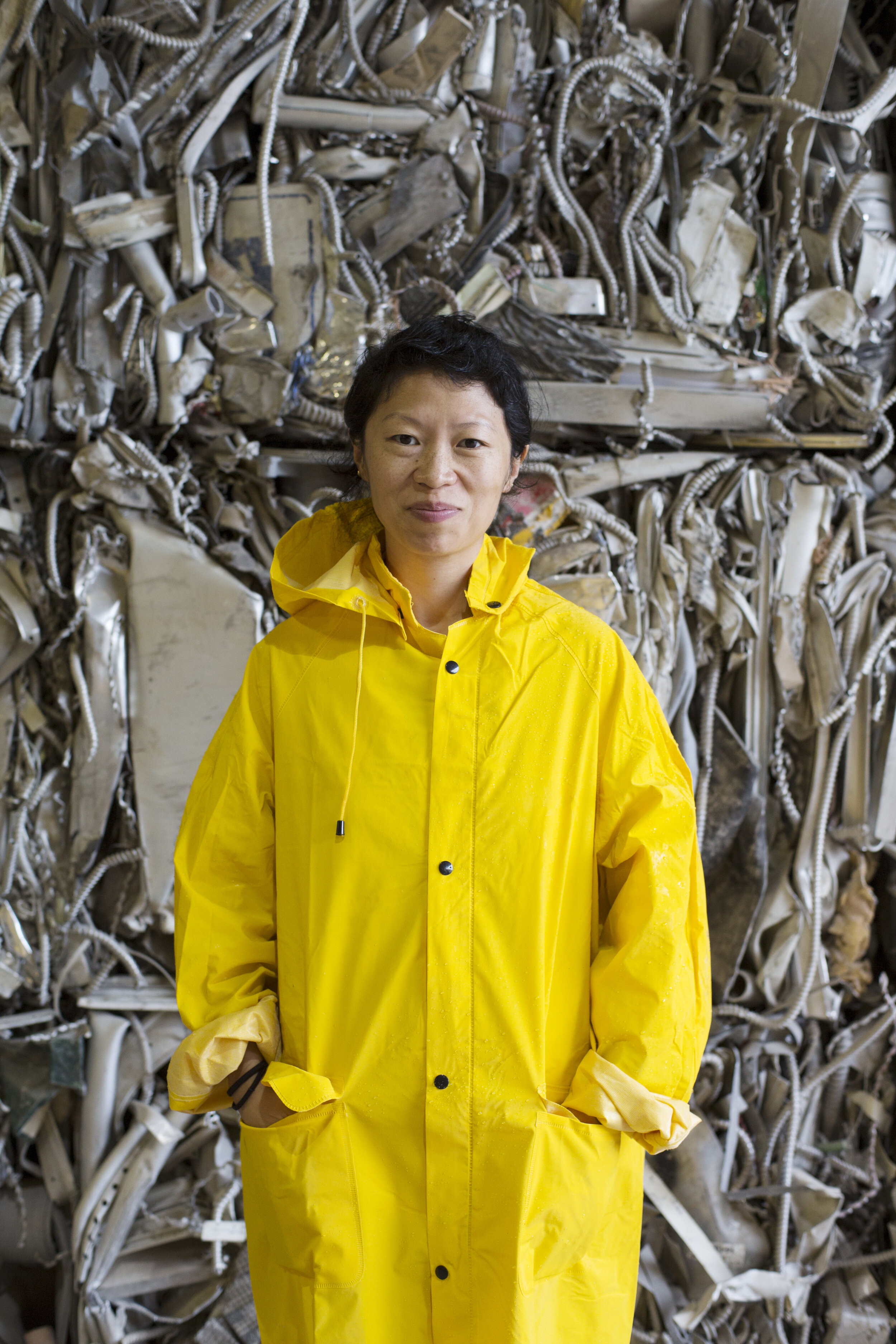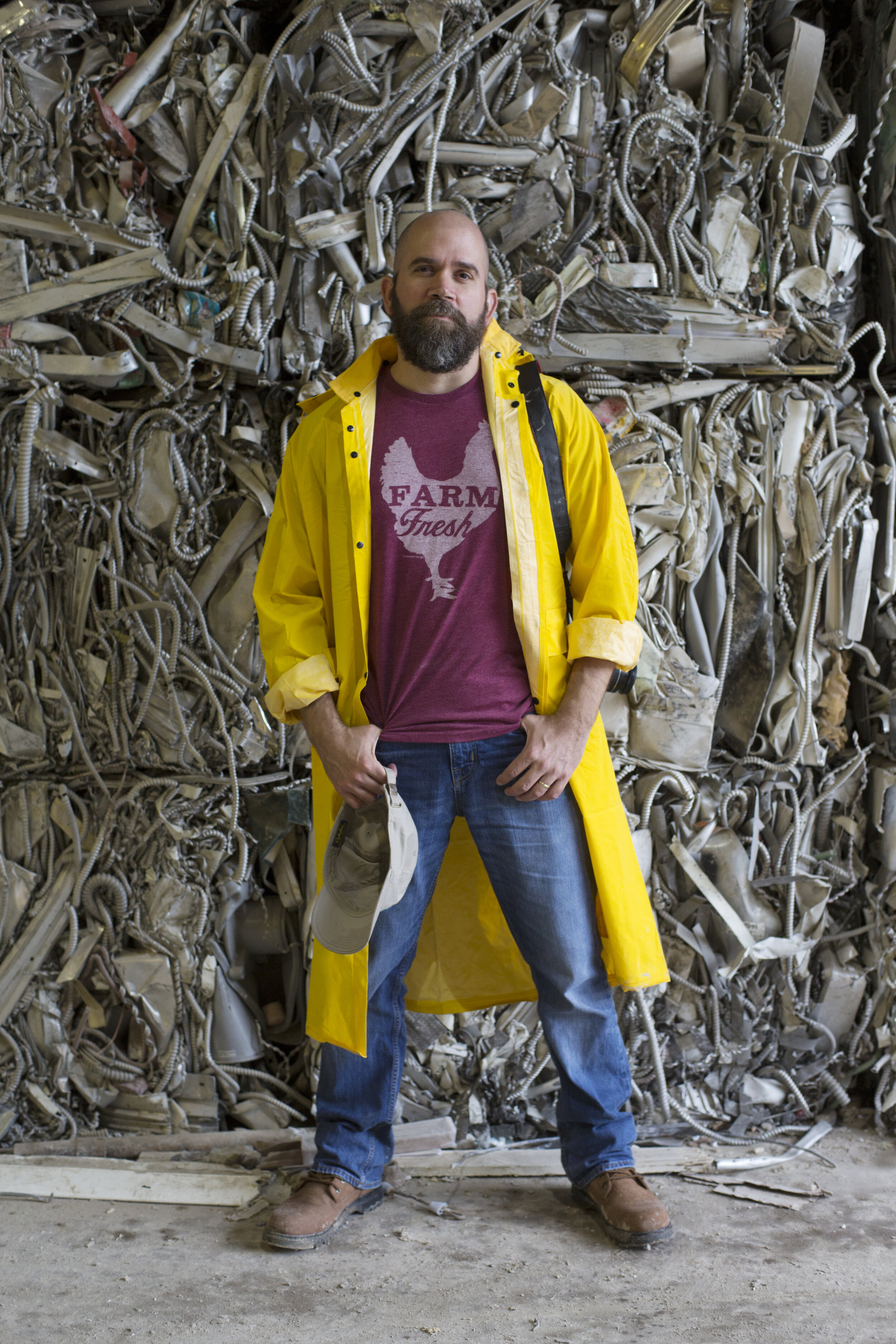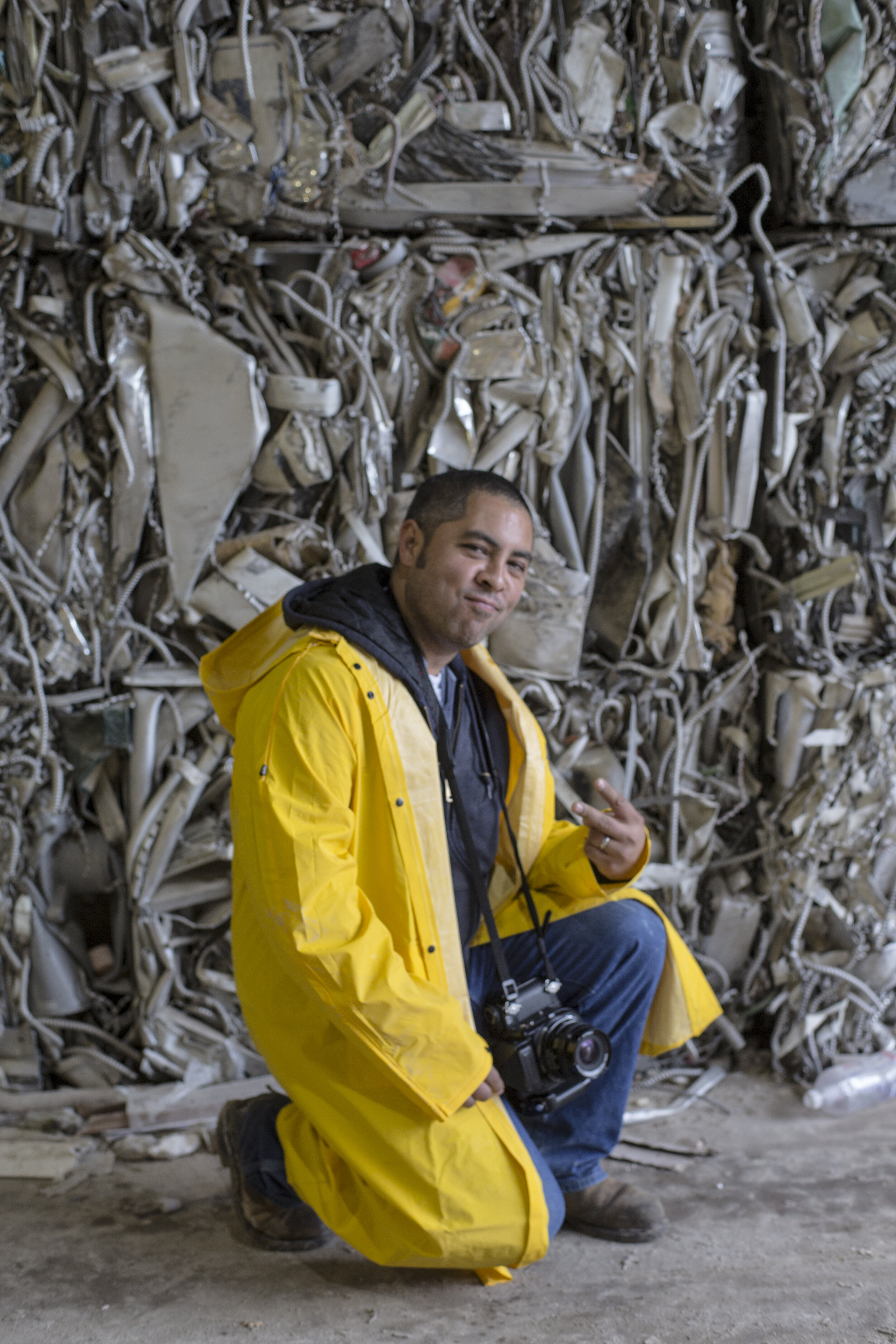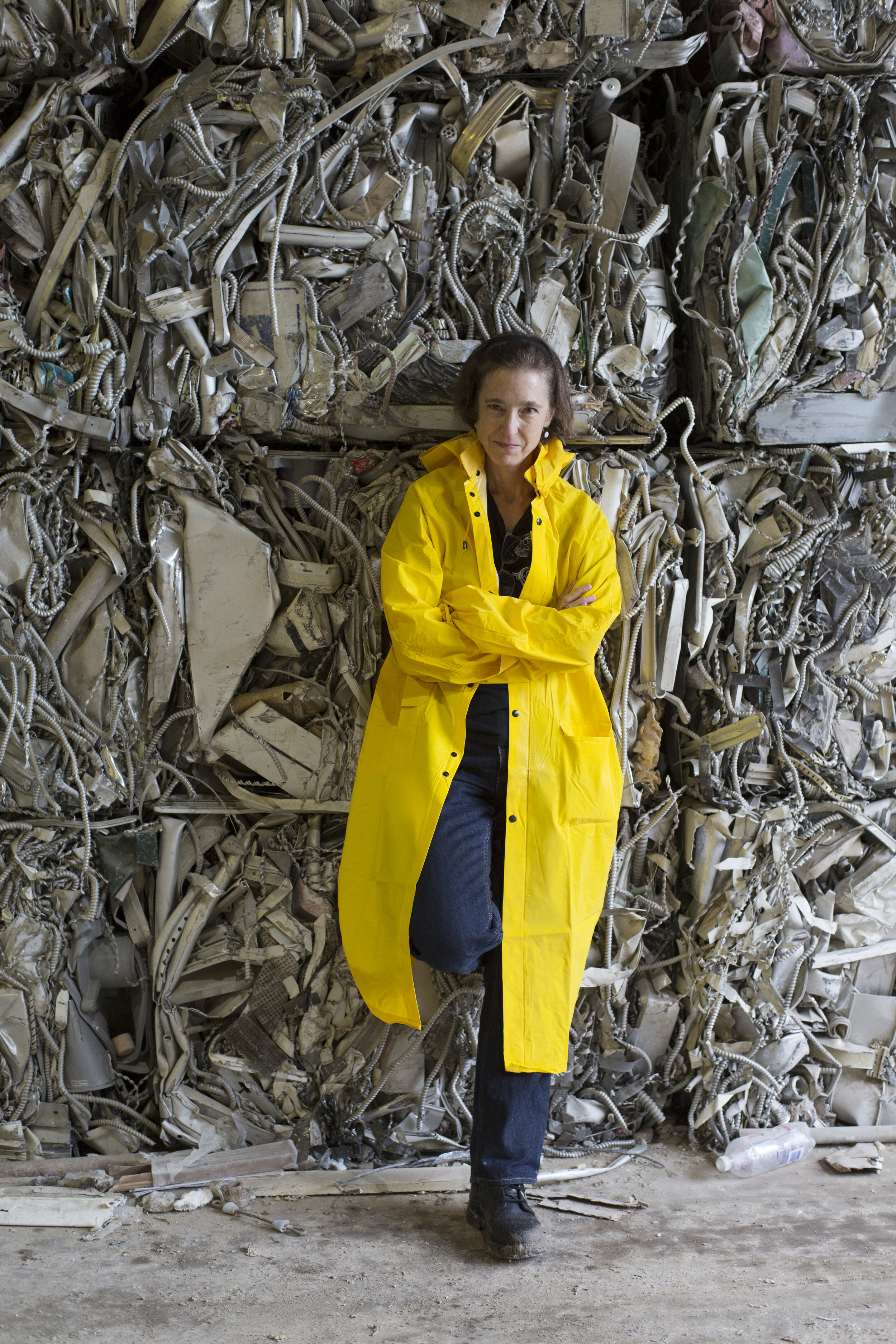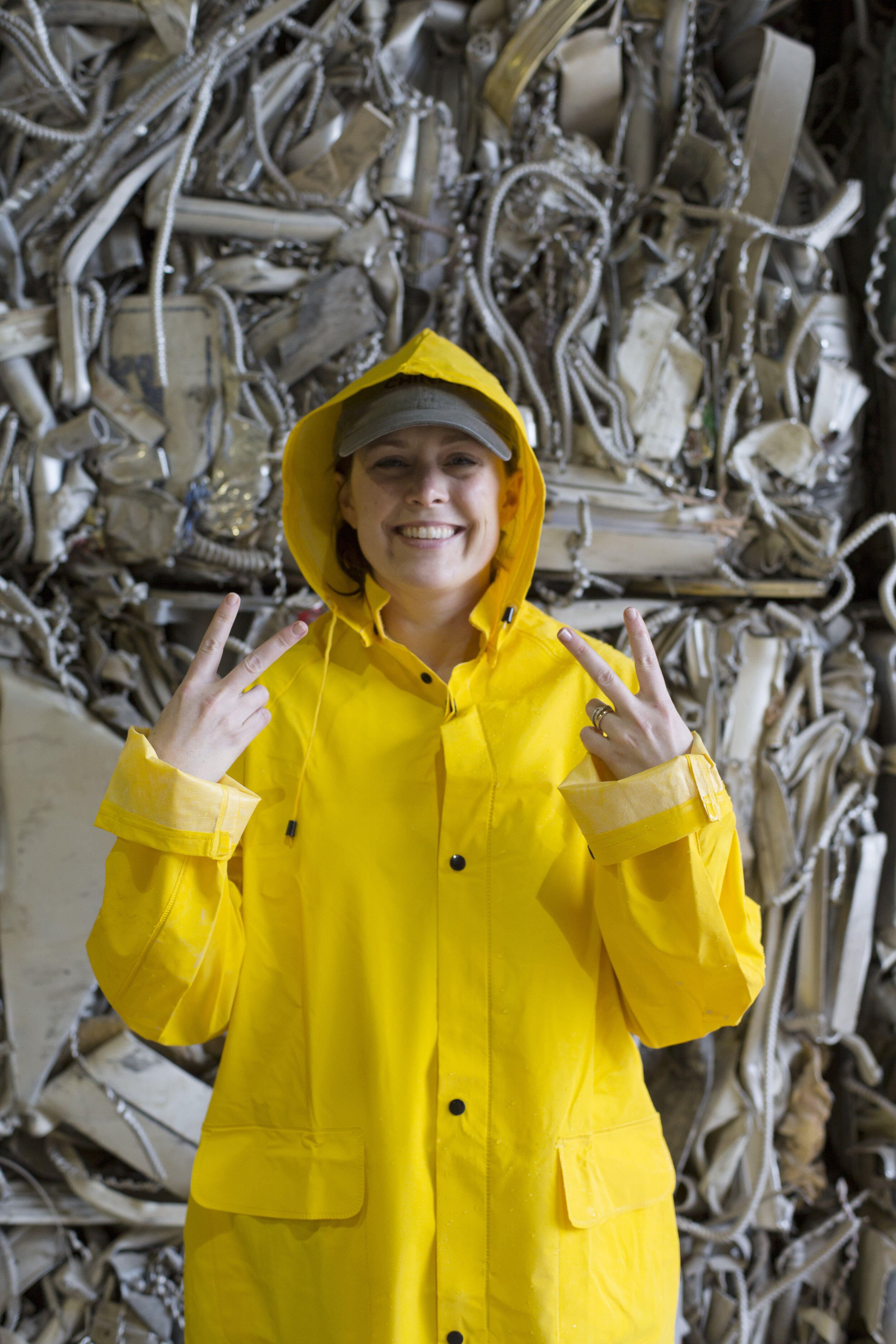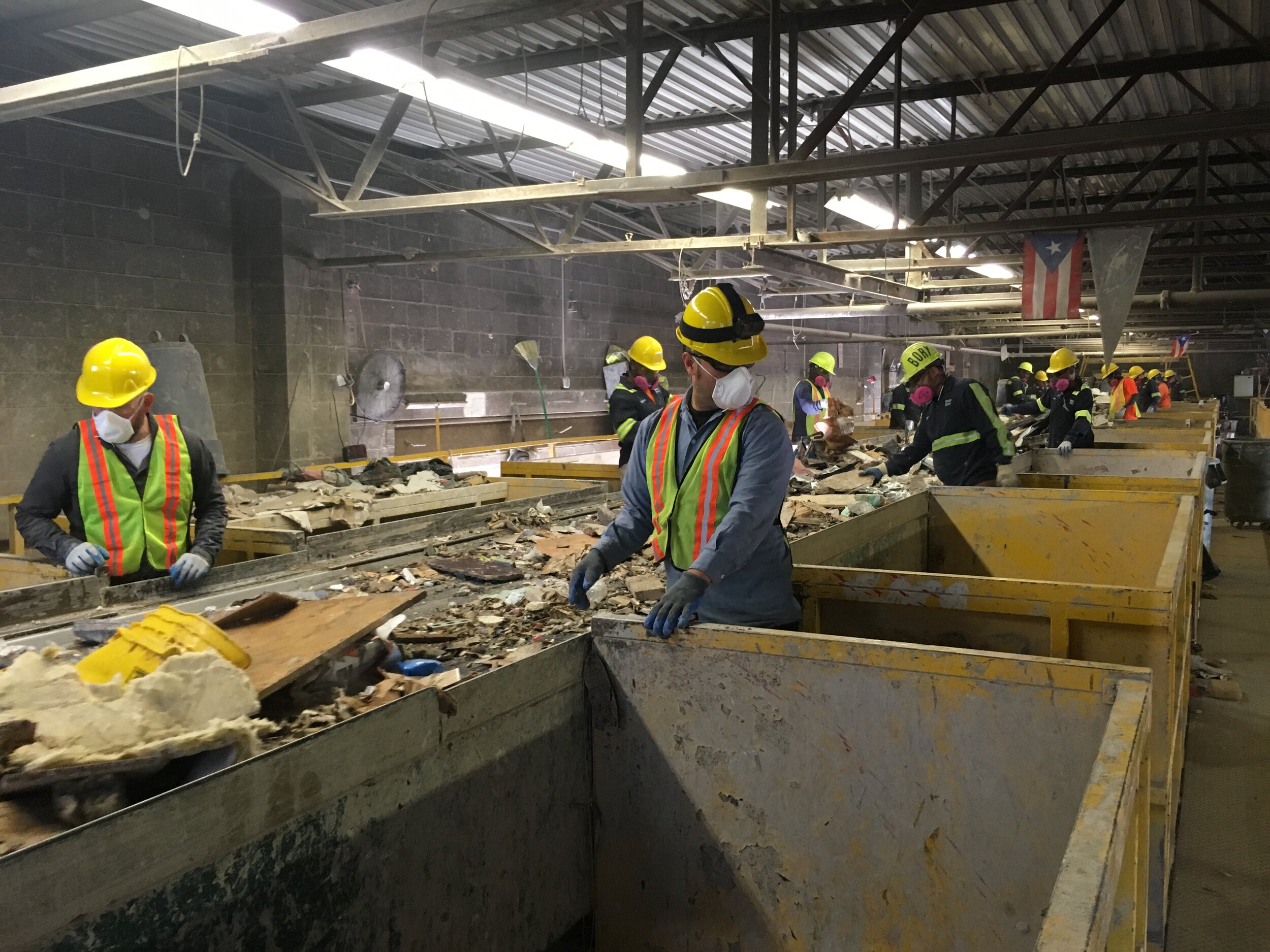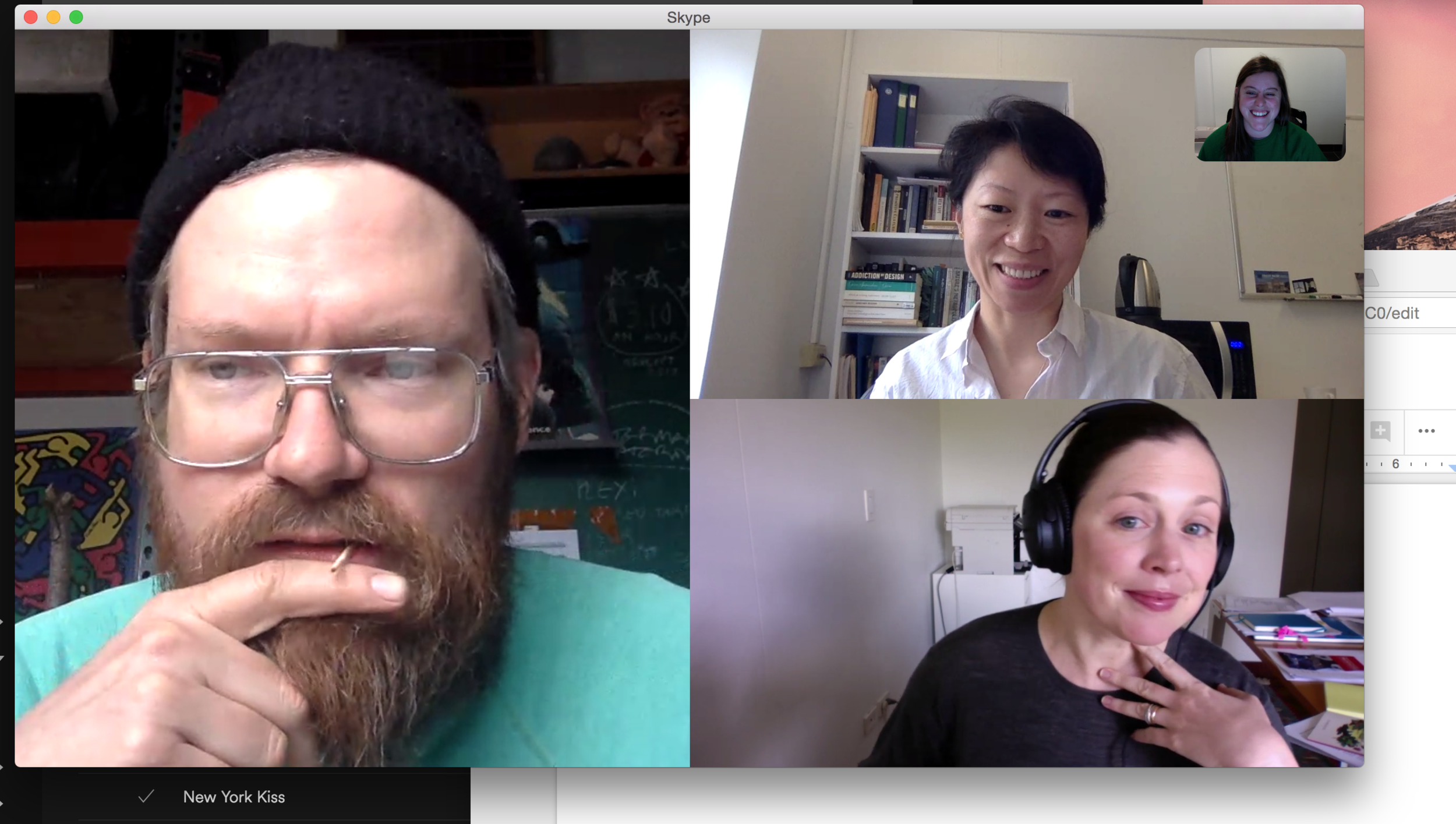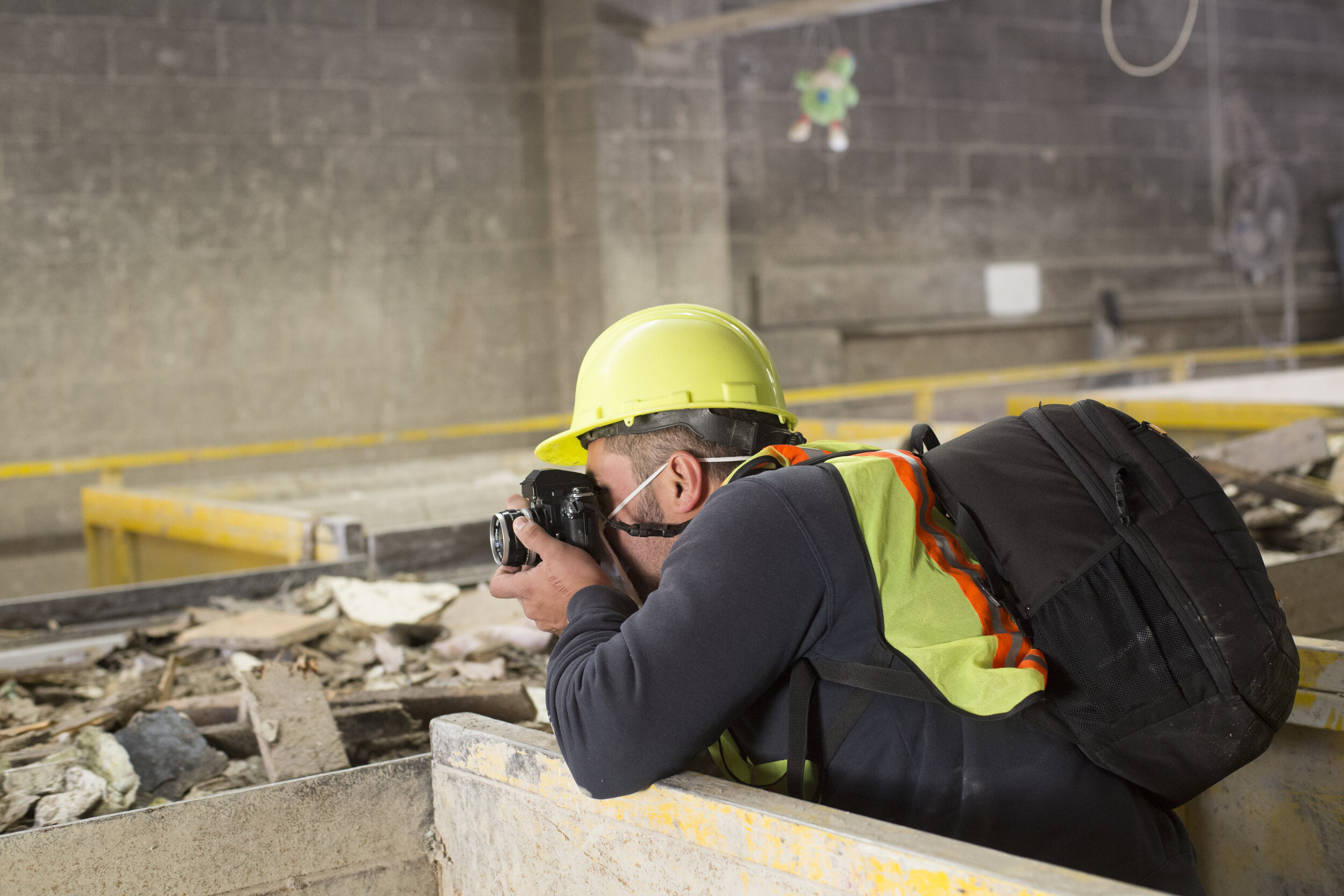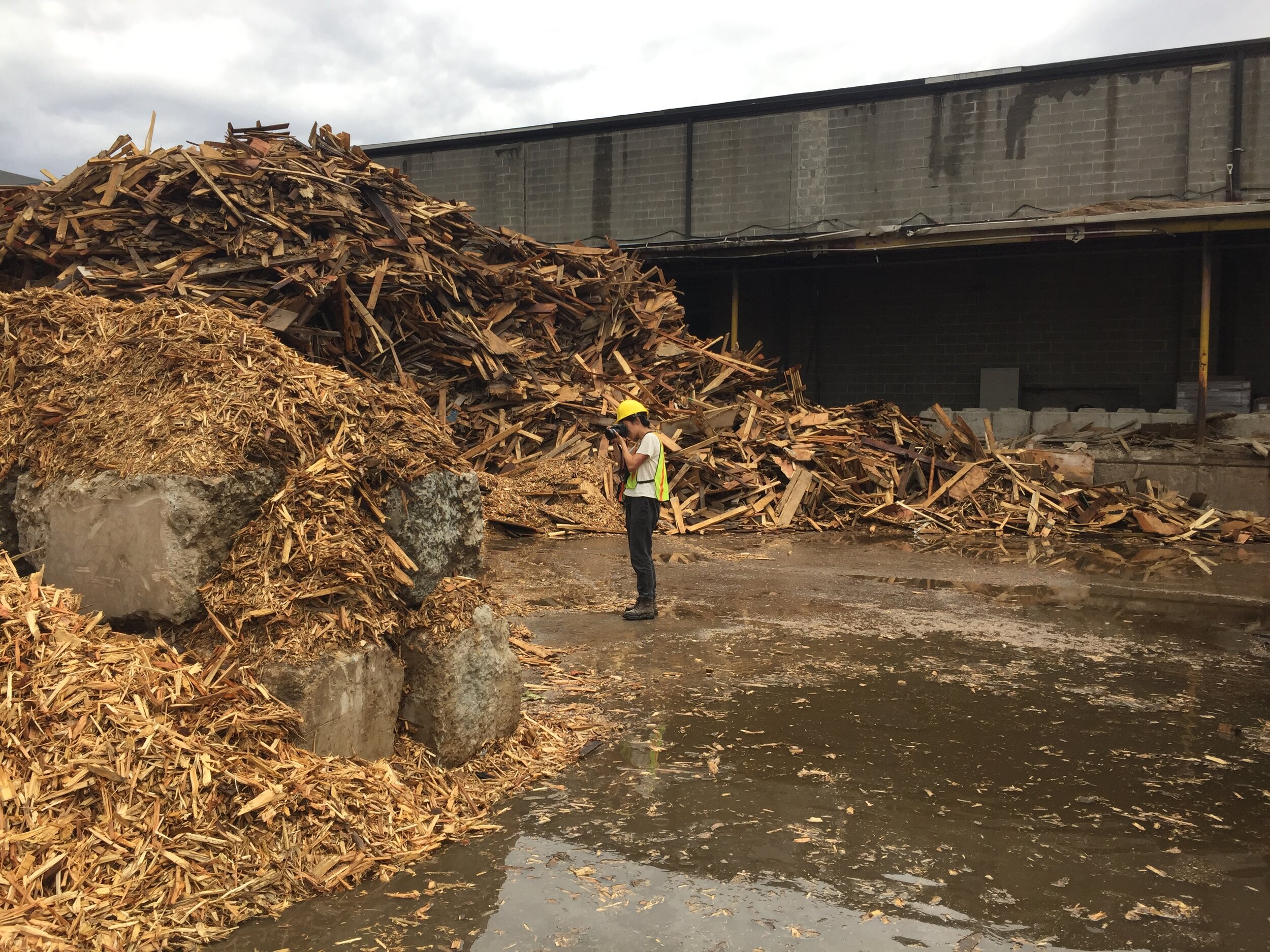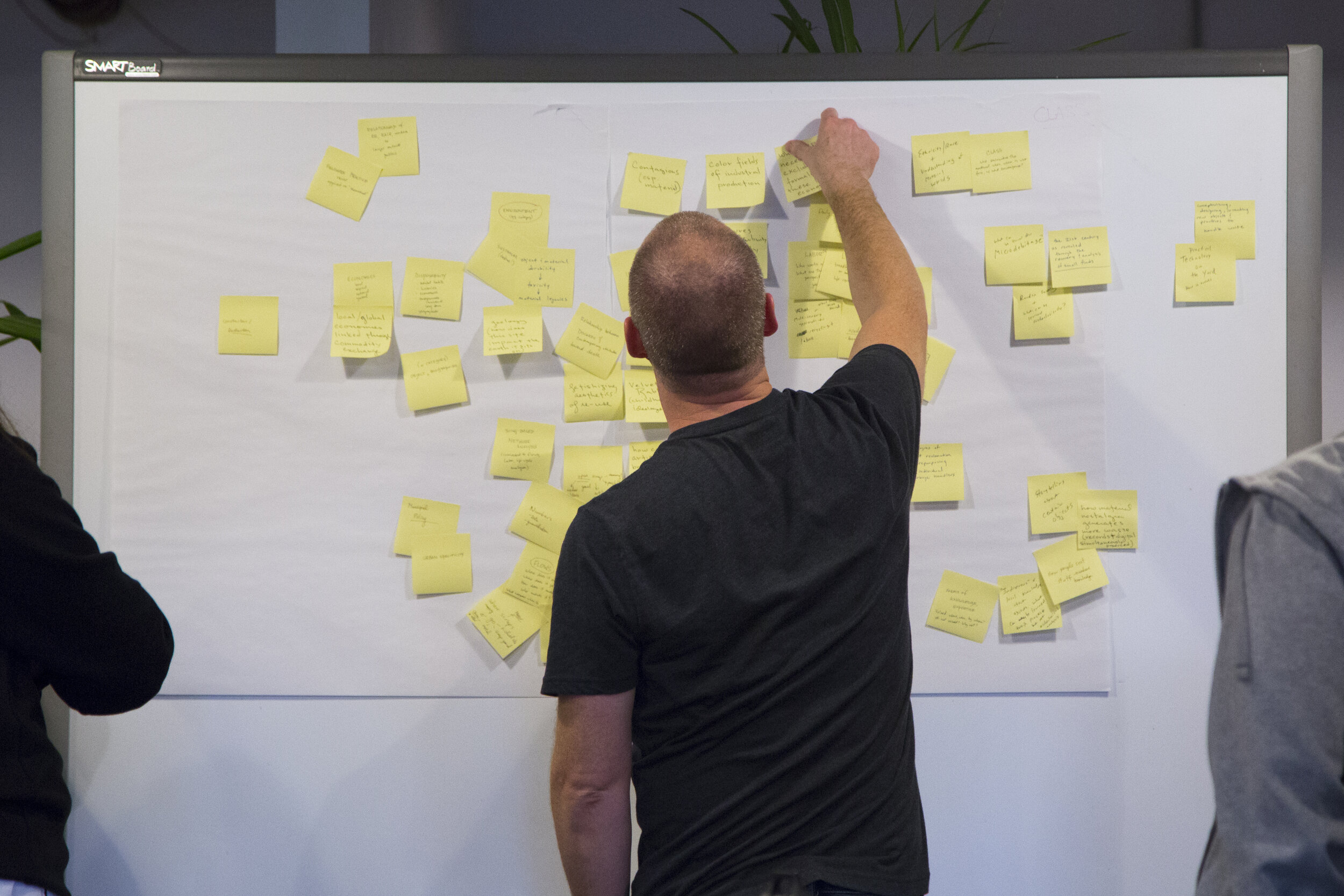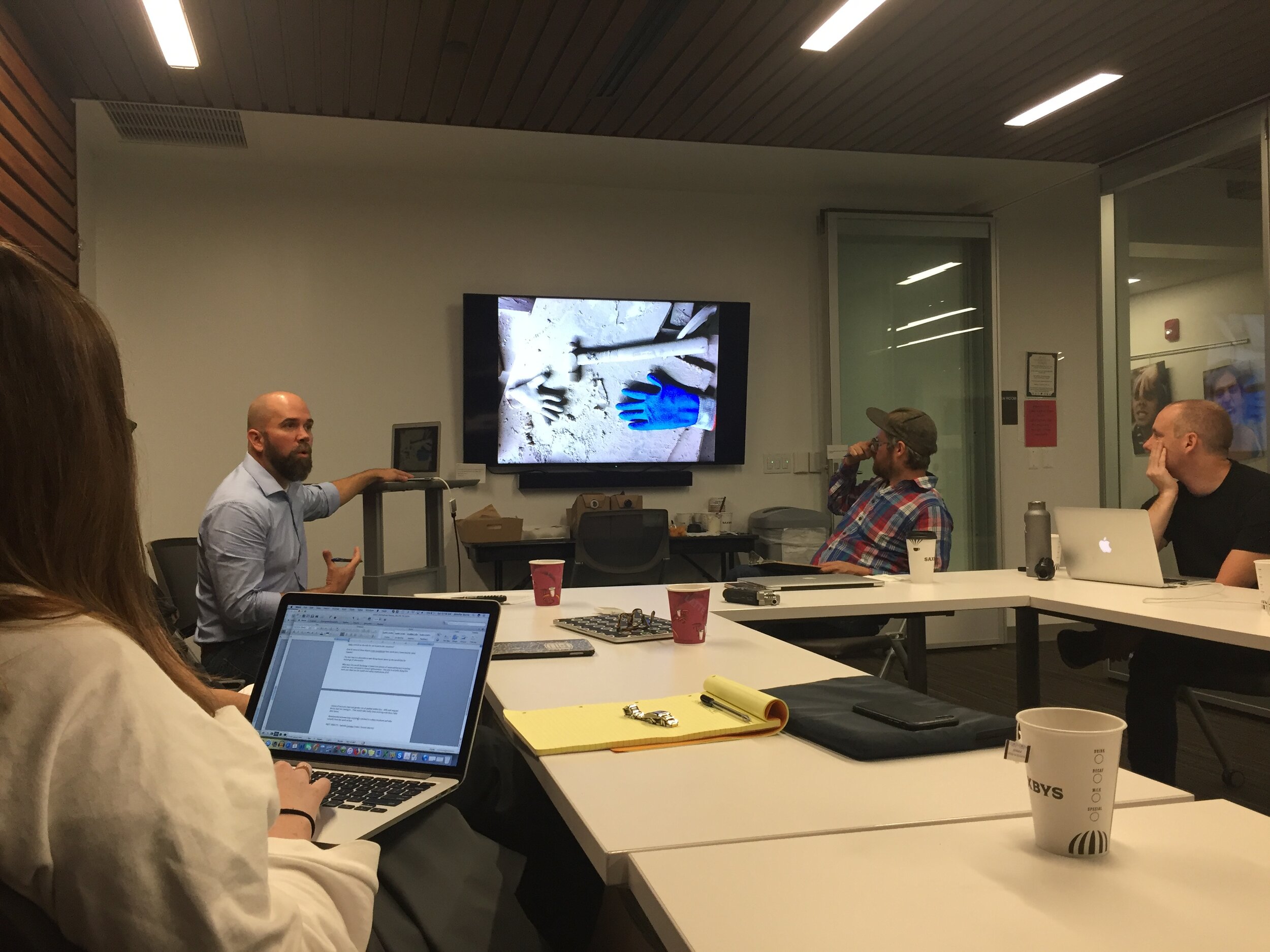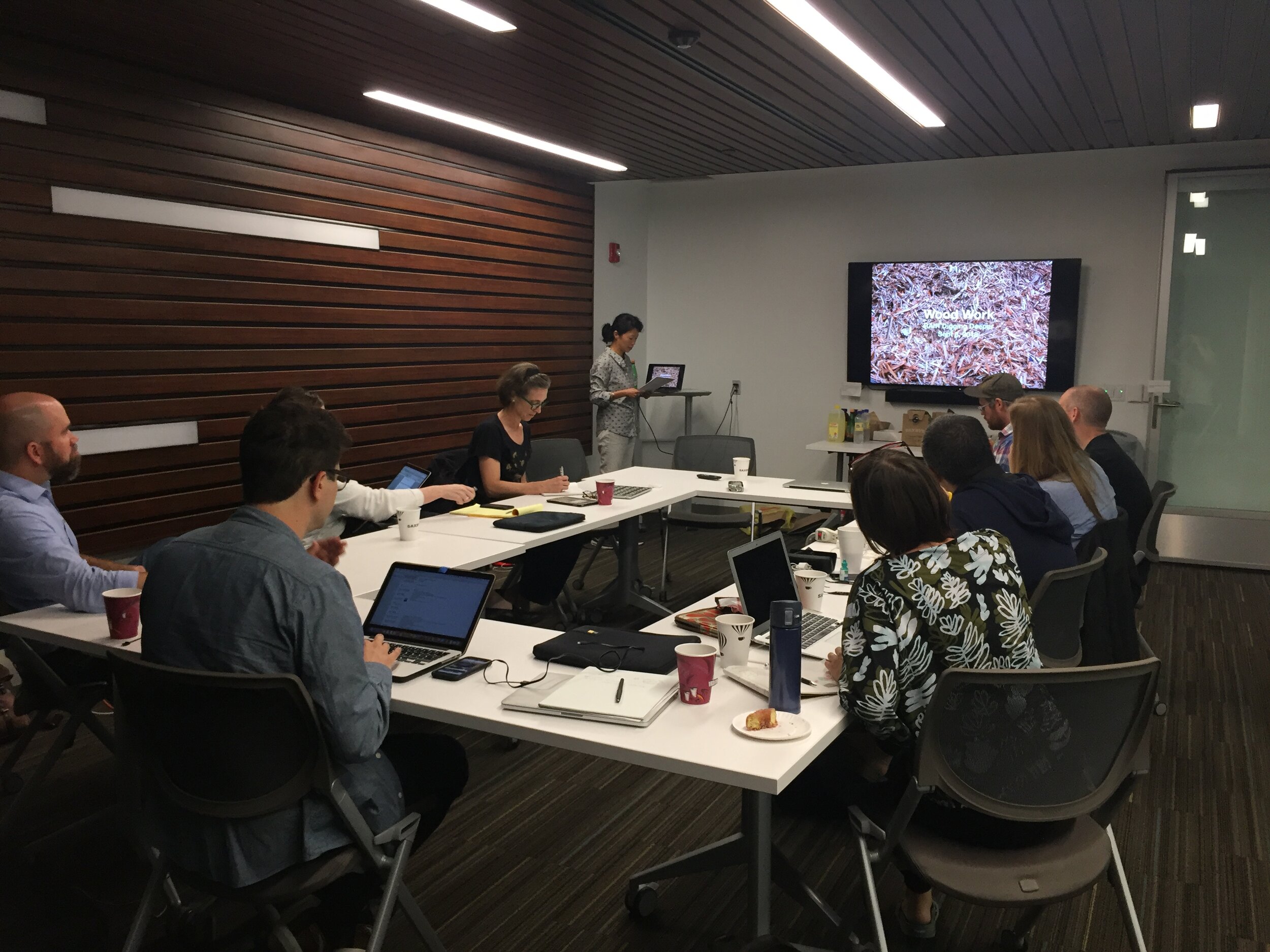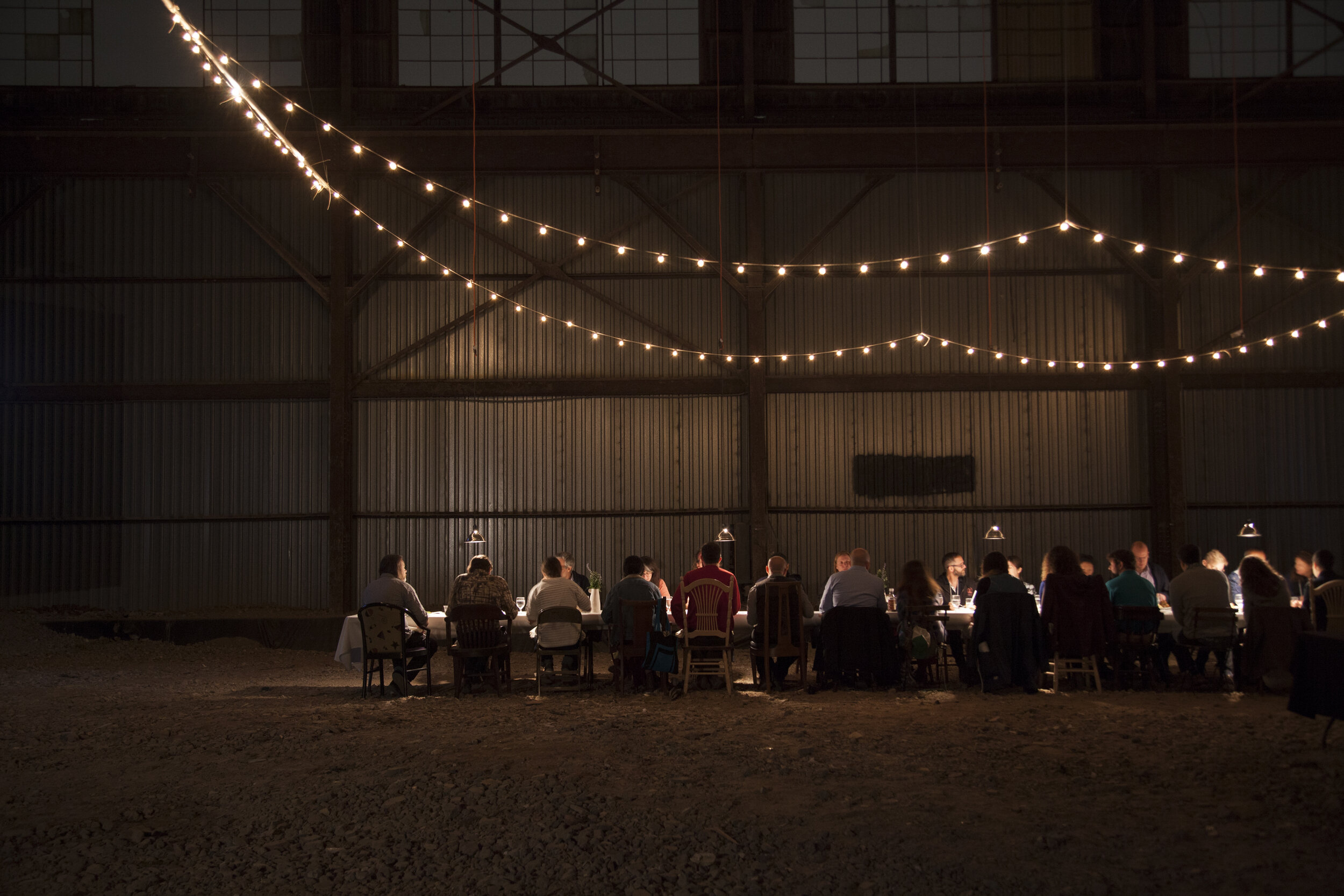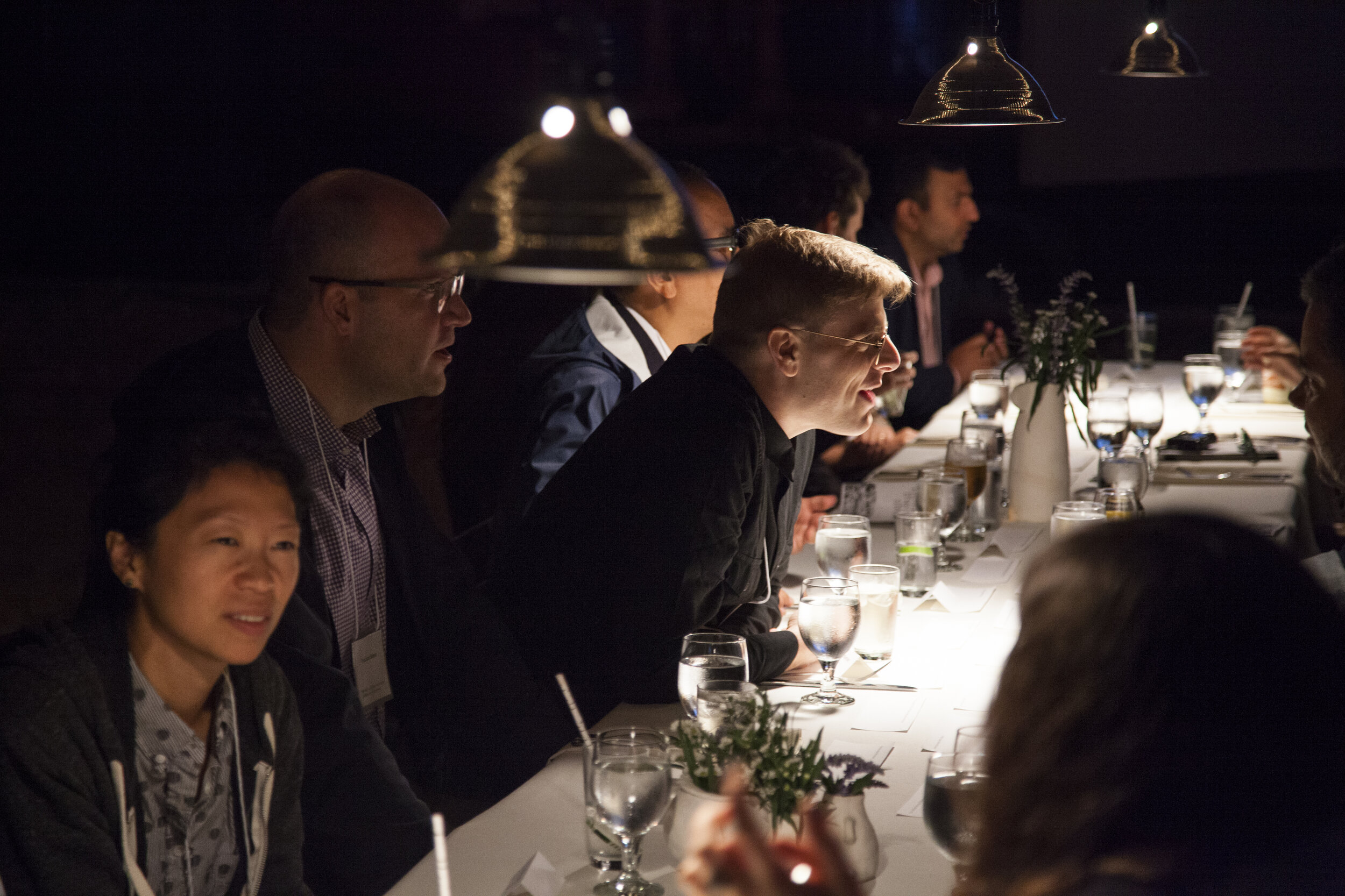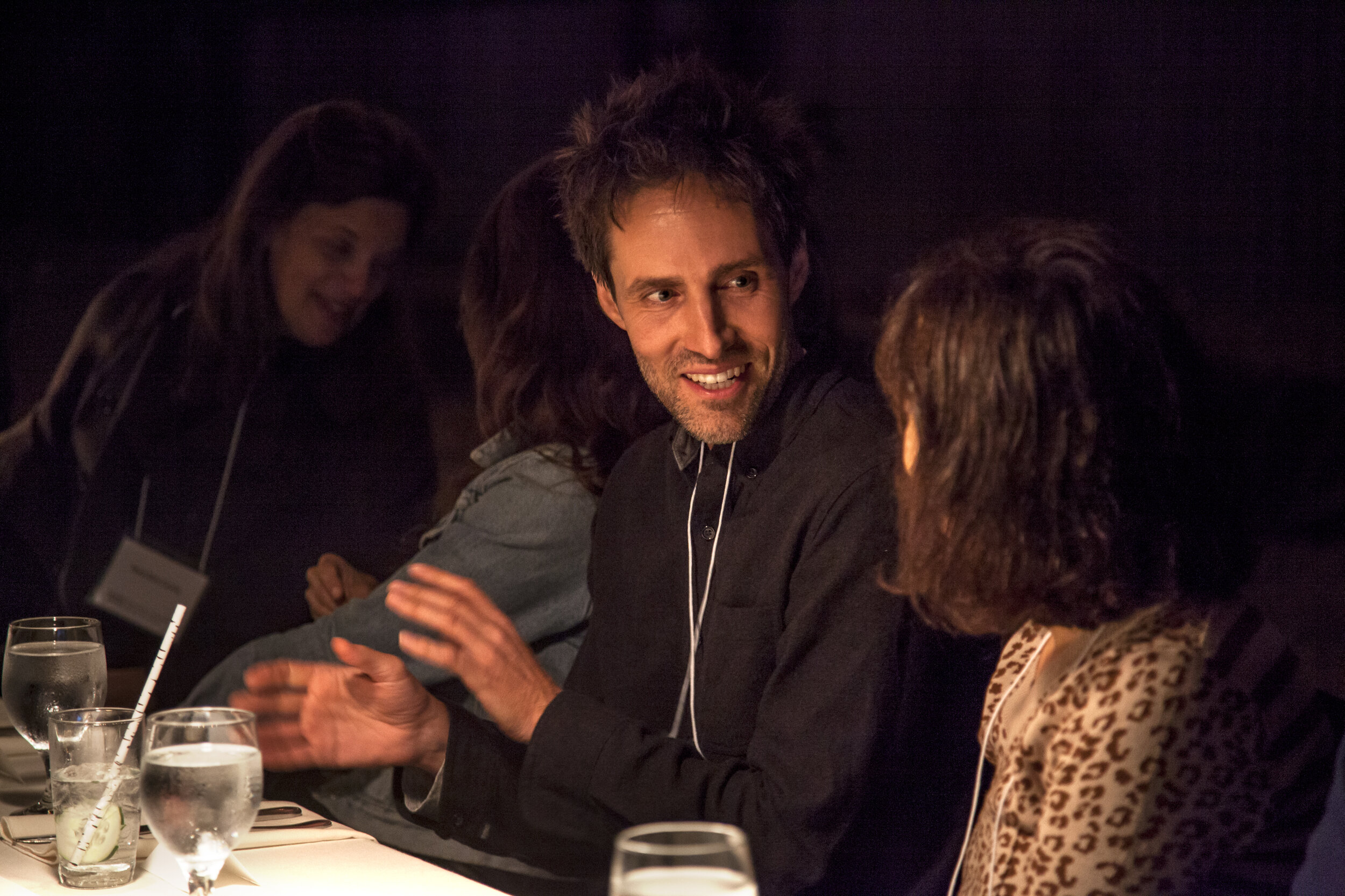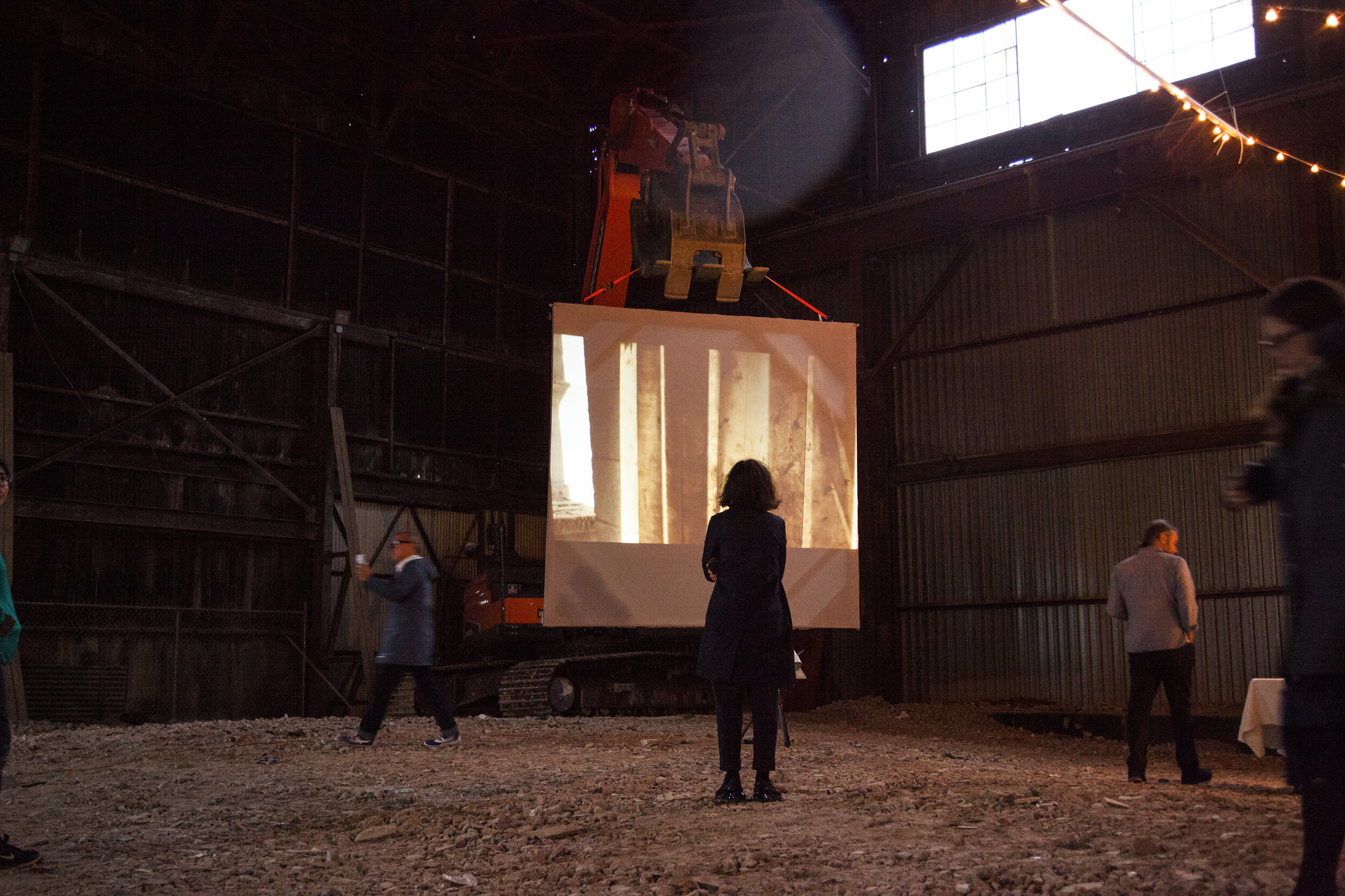Supported by a Pew Center for Arts & Heritage Discovery Grant, Digging Deeper: Field Studies Made Possible by the Waste Stream invites a team of social scientists to Revolution Recovery to explore the recycling facility as a site for field research and contemporary urban life. Participants consider what can be learned by treating waste as artifact using ethnographic, anthropological and forensic methodologies.
The research team consists of scholars whose areas of focus range from immigration and income inequality to environmental and material culture, and include: Anthony Graesch, associate professor of anthropology, Connecticut College; Jason De León, director of the Undocumented Migration Project; Robin Nagle, anthropologist in residence, New York City Department of Sanitation; and Amy Zhang, assistant professor of anthropology, NYU. Jennifer Burris, a curator and writer based in Bogotá, Colombia, will serve as curatorial researcher, identifying opportunities for future cross-disciplinary programming between scholars and artists.
Together we made a glossary of terms
The anthropologists were welcomed into the project and introduced to the site via a candle-lit dinner amongst piles of trash in the tipping yard which is normally bustling with dump trucks and heavy machinery.
The Digging Deeper project concluded with a round table discussion about initial field study research findings as well a discussion about the of future anthropological collaborations at RAIR. Concepts covered ranged from labor force conditions and habitus (in this context, the creation of specialized skill sets in response to industry needs), to the macro global commodity markets impacting micro infrastructure at Revolution Recovery. The project provided the social scientist with an in depth introduction of this facet of the waste industry. By conducting interviews, skype calls, site visits, labor observation and participation studies and material tracking, the anthropologists were able to establish a foundation for future projects and collaborations. This could take the form of hosting or facilitating field schools for anthropology students and/or curating an art and anthropology exhibition dealing with the ethnographic findings within home clean outs.
The review was followed by an event that mirrored the welcome dinner a year prior. Artists, social scientists, educators, waste industry workers and various supporters of RAIR came together to share a meal, celebrate the project, and to dream about exploring new ways of considering where our waste goes, how it is dealt with and who are the people dealing with it.
As part of this final event, our curatorial advisor, Jennifer Burris, put together an accompanying film screening program:
This World Which Thinks Us: Artists and Social Scientists across the Waste Stream
This World Which Thinks Us is a curatorial proposition that aims to contribute to this multi-disciplinary conversation between artistic and social scientific practice by foregrounding artworks that share a certain resonance or common set of concerns with the projects formulated by these four invited researchers. It is presented as a one-night installation of three works in video, two of which were developed through RAIR. Not intended to be an artistic illustration of the social scientific processes, whether general or specific, this video program nonetheless evokes some of the topical drivers to emerge from Digging Deeper. Namely: embodied sensibilities forced to undergo constant adaptation; sensorial montages whose origins are impossible to determine; processes that fluctuate between standardization and flexibility; multiple-author narrative forms that engage the complexity of history, experience and biography at play within this singular space.
Slinko: The Grind: 2018
The program opens with Slinko’s 10 minute- video The Grind (2018). This “ rough cut” of a work still in progress infiltrates the lifecycle of trash as it moves across the site, a progression bounded by the hourly rhythm of manual labor. A sound track composed from field recordings and fragmented interview-- which often revolve around the memories of past home or moments of luck that puncture a present monotony-- overlays this relentless movement of things with an abscented human presence. Alexandra Navratil’s 2015 video montage Silbersee (“silver lake” in German), which was not previously connected to Revolution Recovery, is made up of a series of 115 black-and-white photographs taken in 1989 and 1990 by Dr. Fred Walkow, a scientist at Agfa-Orwo in Bitterfield, former East Germany. While seeking a substitute for the silver component of film, Dr. Walkow became obsessed with this lake: a coal-mine turned wastewater deposit for chemicals, at one point the most polluted site in Europe.
Alexandra Navratil: Silbersee: 2015
He relentlessly photographed the lake and its surrounding communities during the years of the German reunification, later giving his private archive to the artist to rework. Navratil’s video deploys Dr. Walkow’s photographs to examine the environment’s slow desiccation via textual fragments written from the lake’s perspective, juxtaposed against music by composer Natalia Dominguez Rangel. In the context of RAIR, Silbersee also foregrounds the complicity of artistic film and video imagining with material genealogies of waste and contamination. The final work, presented in public for the first time, is J. Makary’s Doosan, Sea-Doo (2018). Initiated during her 2015 RAIR residency, Makary’s video foregrounds the choreographic properties of dust to both contaminate and articulate space. Using theatrical lighting found on-site at Revolution Recovery to create a theatrical stage in this site of daily labor, this experimental documentary engages the artist’s experience in filming dance to the physical movement of non-human actors in the shaping of our world.
J Makary: Doosan Sea-Doo: 2018
